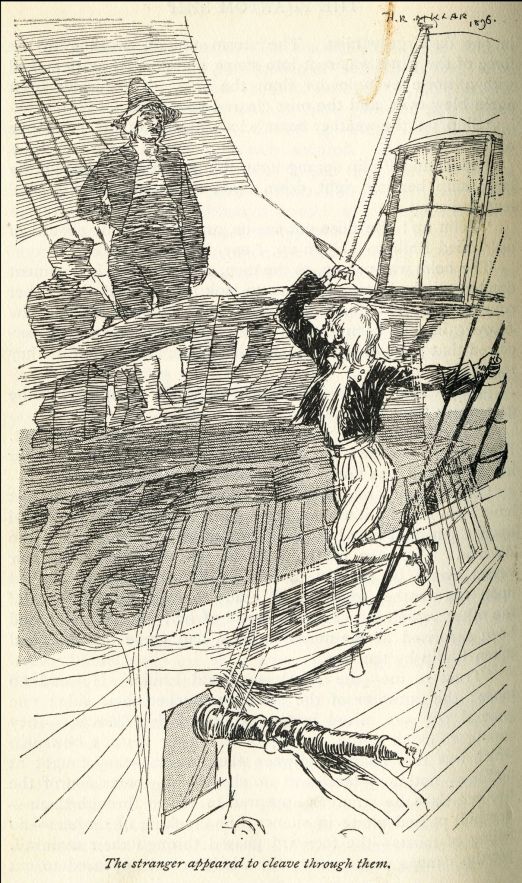
Captain Frederick Marryat was born in Westminster, London on 10th July 1792 to a very wealthy family. At a young age he became fascinated by maritime life, and tried many times to run away to sea. After turning just 14, he began his career upon the frigate Impérieuse as a midshipman, and would continue to work at sea until 1830. Marryat proved himself to be an outstanding sailor, and over the course of his naval career he jumped overboard five times to rescue fellow seamen, devised his own system of flag signals which is still in use today and invented a life boat which gained him the Gold Medal of the Royal Humane Society.
However, it was only after resigning from the Navy that he published his first book “The Naval Officer, or Scenes and Adventures in the Life of Frank Mildmay“, which made a great deal of money and launched his literary career. Captain Marryat published twenty five titles in his lifetime, and a further two novels were completed and released posthumously. Captain Marryat’s books utilised his twenty five years’ worth of first-hand experience aboard ships to create some of the first sea novels, which were much admired by literary greats such as Mark Twain, Joseph Conrad and Ernest Hemingway. Marryat’s later books were predominantly children’s books, including “The Children of the New Forest” which was made into a BBC movie in 1998, and there are 16 of these in the Butler (Joan) Collection.
‘”Amine,” cried he at last, “the Phantom Ship!-my father!”
The seamen of the Utrecht, more astonished by the marvellous result than by their former danger, threw themselves down upon the deck: some hastened below, some prayed, others were dumb with astonishment and fear. Asmine appeared more calm than any, not excepting Philip: she surveyed the vessel as it slowly forced its way through; she beheld the seamen on board of her coolly leaning over her gunwale, as if deriding the destruction they had occasioned; she looked for Vanderdecken himself, and on the poop of the vessel, with his trumpet under his arm, she beheld the image of her Philip – the same hardy, strong build – the same features – about the same age apparently – there could be no doubt it was the doomed Vanderdecken.’
